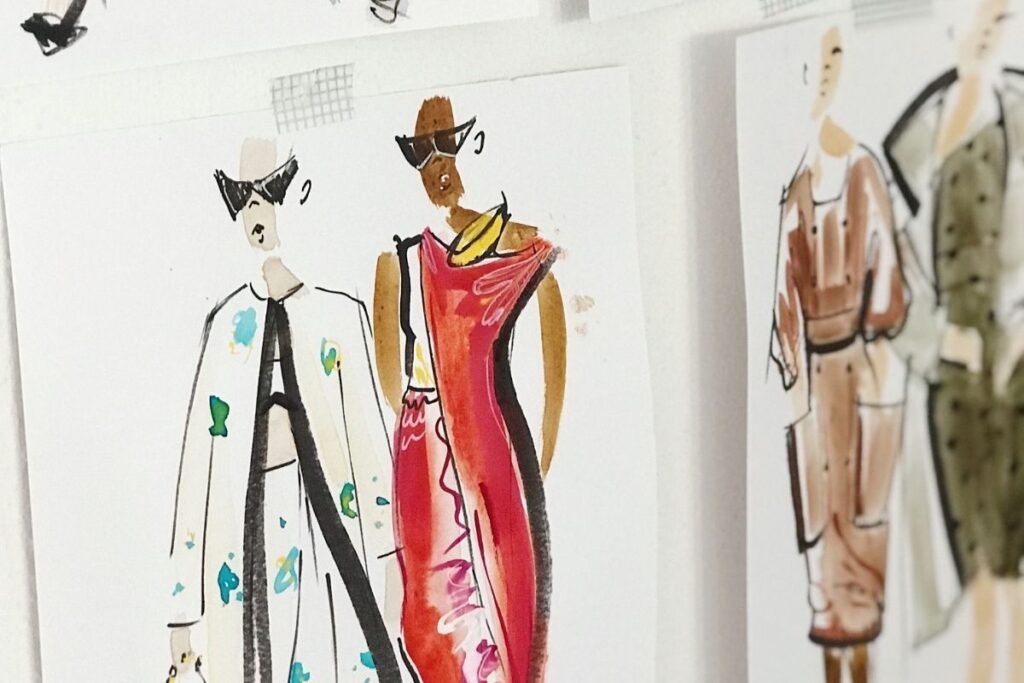Modern factories are sophisticated. They used to be in Hong Kong and China, and now they are everywhere. They are available almost 24 hours a day. They take your design, turn it around as quickly as they can, and get it back to you.
Most people don’t understand how the factory economy works. It’s very similar to the airline industry. If an airplane is one-third-full, it loses money. When it’s about half-full, it makes money. At three-quarters-full, it makes a lot of money. And if it’s running at 100%, it’s making a ton of money.
The word factory in the fashion business refers to textile mills and sewing factories. A sewing factory traditionally is a CMT – Cut, Make, and Trim. They take the raw material and put it on the table, cut it to shape, and assemble it. They deliver a finished garment to you.
A textile mill is different. It has three functions. They spin the yarn, weave or knit it to shape, and then add the dye.
You deliver that raw material to the CMT factory. Designers will frequently tell the factory, “You buy the raw material for me.” The process becomes a little easier. But, remember that if you provide better inputs, you get a superior product. So, the designer should go to the textile mill and get the correct material. Because if you use sub-standard material and assemble it into a beautiful garment, no one may buy it.
You take a similar risk in the CMT when cutting the raw material. How well you cut the cloth, and how much utilization you get from the fabric is a significant part of this online fashion education course. How you assemble the garment is also an important part of the course.

Yellowbrick Recognized as Top EdTech Company in North America by TIME and Statista
We are thrilled to announce that Yellowbrick has been named the leading EdTech company in North America and sixth globally in the prestigious “World’s Top



